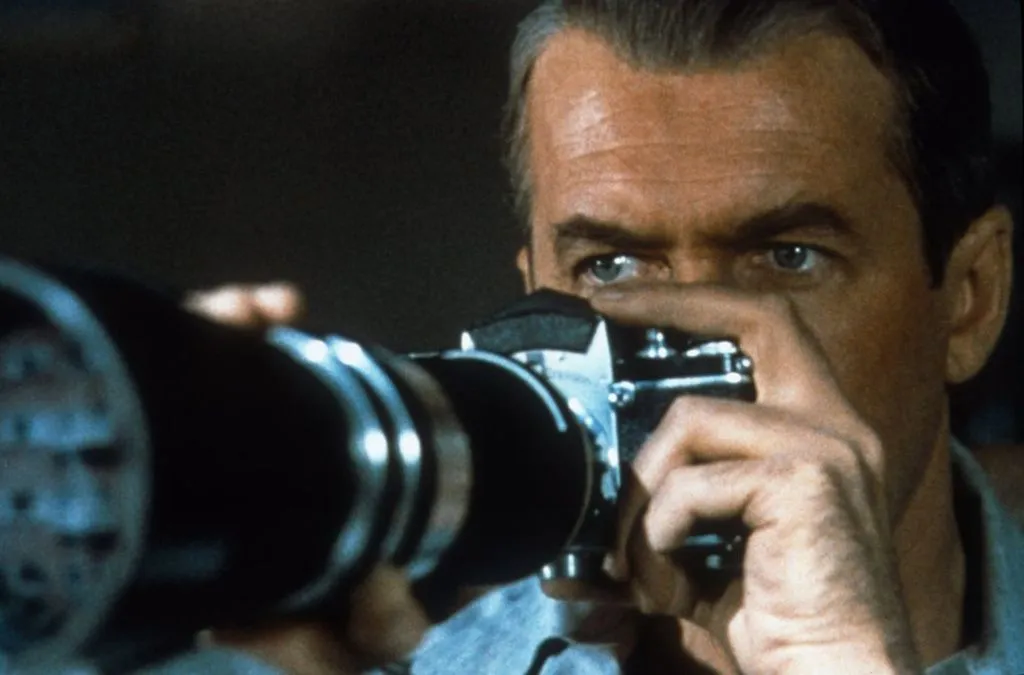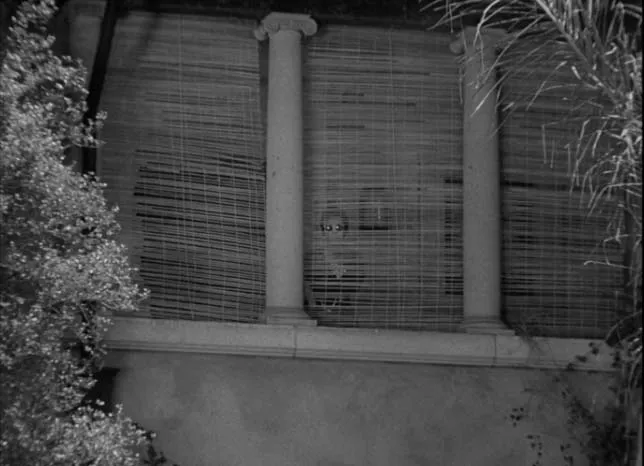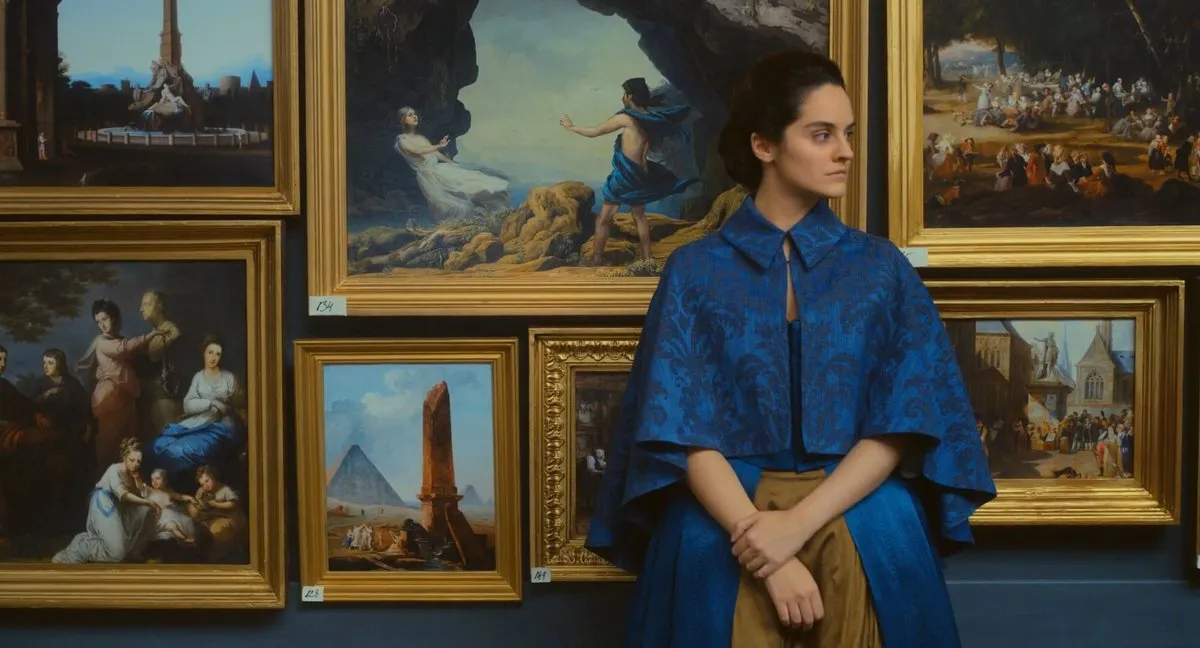Introduction
Not gonna lie, this novel is a bit of a tricky one to introduce. World War II, arguably one of the darkest events of human history, has been the basis of so much writing across so many genres; authors, academics, novelists have all devoted themselves to understanding the tragedies, and make sense of how we managed to do this to one another. Many reflect on the experiences of children and families whose lives were torn apart by the war.
In some ways, Doerr is another author who has attempted this. His novel alludes to the merciless anonymity of death in war, juxtaposes individualism with collective national mindlessness, and seeks out innocence amidst the brutality of war.
What makes this novel difficult to introduce is the way in which Doerr has done this; through the eyes of two children on opposite sides of the war, he explores how both of them struggle with identity, morality and hope, each in their own way. Their storylines converge in the bombing of Saint-Malo, demonstrating that war can be indiscriminate in its victims—that is, it does not care if its victims are children or adults, innocent or guilty, French or German. However, their interaction also speaks to the humanity that lies in all of us, no matter how deeply buried.
A very quick history lesson
Fast Five Facts about World War II:
- Lasting 1939-1945, the war was fought between the Axis powers (Germany, Japan and Italy) and the Allies (basically everyone else, but mainly England, France, and later the US). Whilst it was Germany who started the war, the intervention of the US at the end of five long years of fighting ultimately helped the Allies win.
- Various forms of technology were first used, or found new uses, during the war. Aircraft carriers and various planes (fighters, bombers etc.) became more important than ever, while Hitler’s use of tanks allowed him to take over much of Europe very quickly.
- Other forms of new technology included one of the world’s first electronic computers that was used to codebreak (stop reading now and watch The Imitation Game if you haven’t already! Totally counts as studying, right?), as well as radio and radar, used to communicate and also to detect enemies in the field.
- World War II is also referred to as the Holocaust, the name given to Hitler’s attempted genocide of the Jewish people. 6 million Jews died in the war, and as many as 15 million others died in total.
- Germany’s initial conquest of Europe was swift and brutal. Within a month, Poland had already surrendered and within a year, so had France. However, there were also resistance groups all over these countries which sought to undermine the Nazi regime in a number of ways, both big and small.
My best attempt to give a general plot overview of this very long book
Disclaimer: this is a very, very broad overview of the novel and it is absolutely not a substitute for actually reading it (please actually read it).
Chronologically, we start in 1934, five years before the war. Marie-Laure is a French girl who lives with her father Daniel Leblanc, working at the Museum of Natural History in Paris. As she starts to go blind, Daniel teaches her Braille, and makes her wooden models of their neighbourhood to help her navigate. Six years later, the Nazis invade France, and they flee the capital to find Daniel’s uncle Etienne, who lives in the seaside town of Saint-Malo; Daniel was also tasked with safeguarding a precious gem, the Sea of Flames, from the Nazis.
In Saint-Malo, Daniel also builds Marie-Laure a model of the town, hiding the gem inside. Meanwhile, she befriends Etienne, who suffers from agoraphobia as a result of the trauma from the First World War. He is charming and very knowledgeable about science, having made a series of scientific radio broadcasts with his brother Henri (who died in WWI). She also befriends his cook, Madame Manec, who participates in the resistance movement right up until she falls ill and dies.
Her father is also arrested (and would ultimately die in prison), and the loss of their loved ones prompts both Etienne and Marie-Laure to begin fighting back. Marie-Laure is also given a key to a grotto by the seaside which is full of molluscs, her favourite kind of animal.
On the other side of the war, Werner is, in 1934, an 8 year-old German boy growing up in an orphanage with his sister Jutta in the small mining town of Zollverein. They discover a radio, which allows them to listen to a broadcast from miles away (it was Henri and Etienne’s), and Werner learns French to try and understand it. One day, he repairs the radio of a Nazi official, who recruits him to the Hitler Youth on account of his ingenuity (and his very blonde hair and very blue eyes, considered to be desirable traits by the regime). Jutta grows increasingly distant from Werner during this time, as she questions the morality of the Nazis.
Werner is trained to be a soldier along with a cohort of other boys, and additionally learns to use radio to locate enemy soldiers. He befriends Frederick, an innocent kid who was only there because his parents were rich—Frederick would eventually fall victim to the brutality of the instructors, and Werner tries to quit out of solidarity. Unfortunately, he is sent into the army to apply his training to actual warfare. He fights with Frank Volkheimer, a slightly ambiguous character who a tough and cruel soldier, but also displays a capacity to be kind and gentle (including a fondness for classical music). The war eventually takes them to Saint-Malo.
Also around 1943 or so, a Nazi sergeant, Reinhold von Rumpel, begins to track down the Sea of Flames. He would have been successful ultimately had it not been for Werner, who stops him in order to save Marie Laure.
As America begins to turn the war around, Werner is arrested and dies after stepping on a German landmine; Marie-Laure and Etienne move back to Paris. Marie-Laure eventually becomes a scientist specialising in the study of molluscs and has an extensive family of her own by 2014. Phew.
Theme/s
What kind of questions does Doerr raise through this plot? To some degree, the single central question of the novel is one of humanity, and this manifests in a few different ways.
Firstly, to what extent are we in control of our own choices? Do we truly have free will to behave morally? The Nazi regime throws a spanner in the works here, as it makes incredibly inhumane demands on its people. Perhaps they fear punishment and have no choice—Werner, for instance, does go along with everything. At the same time, his own sister manages to demonstrate critical thinking and moral reasoning well beyond her years, and it makes you wonder if there was potential for Werner to be better in this regard. There’s also the question of whether or not he redeemed himself in the end.
That being said, Werner is far from the only character who struggles with this—consider the perfumer, Claude Levitte, who becomes a Nazi informer, or even ordinary French citizens who simply accept the German takeover. Do they actually have free will to resist, or is it even moral for them to do so?
Hannah Arendt famously coined the phrase “the banality of evil,” referring to how broader movements of inhumanity (such as the Holocaust) can be compartmentalised until individual actions feel perfectly banal, commonplace and ordinary. This is what allowed people to do evil things without actually feeling or even being inherently evil—they were just taking orders, after all. Consider the role of free will in this context.
This brings us to the broader ‘theme’ of war in general: in particular, what kinds of acts are suddenly justifiable in war? Etienne and Madame Manec, for instance, even disagree on the morality of resistance, which can frequently involve murder. Etienne’s pacifist stance is a result of the scale of deaths in the previous world war. At the same time, the climactic event of the novel is an allied bombing of Saint-Malo, a French town, just because it had become a German outpost. Risking lives both French and German, this also highlights the ‘necessity’ of some inhumane actions in times of war.
On a more optimistic note, a human quality that Doerr explores is our natural curiosity towards science. This is abundant in the childhoods of both protagonists, as Werner demonstrates dexterity with the radio at a very young age, and Marie-Laure a keen interest in marine biology. In particular, her blindness pushes her into avenues of science which she can experience without literal sight, such as the tactile sensations of mollusc shells. The title may hint at this—for all the light she cannot see, she seeks enlightenment through knowledge, which in turn gives her hope, optimism and purpose.
At the same time, the human desire to better understand the world can also be used inhumanely—Werner used radio to learn through Etienne and Henri’s broadcasts, but he would later in life also use it to help his compatriots murder enemy soldiers. This alludes to the banality of evil again; by focusing on his very technical role and his unique understanding of the science behind radios, he is able to blind himself to the bigger picture of the evils he is abetting. Science is something that is so innately human, yet can also be used inhumanely as well.
For these reasons, I’d suggest humanity is at the heart of the novel. There is a certain cruel randomness to death in war, but just because so many did perish doesn’t mean that there aren’t human stories worth searching for in the destruction. This is the lens that Doerr brings to the WWII narrative.
Some symbols
To some degree, a lot of these symbols relate to humanity, which I’ve argued is the crux of the novel. I’ll keep this brief so as to not be too repetitive.
One major symbol is the radio, with its potential for good as well as for evil. On one hand, it is undoubtedly used for evil purposes, but it also acts as a source of hope, purpose, conviction and connection in the worst of times. It is what ultimately drives Werner to save Marie-Laure.
Along the same vein, whelks are also a major symbol, particularly for Marie-Laure. While an object of her fascination, they also represent strength for her, as they remain fixed onto rocks and withstand the beaks of birds who try to attack them. In fact, she takes “the Whelk” as a code-name for herself while aiding the resistance movement. It’s also noteworthy that, given the atrocities of war, maybe animals are the only innocent beings left. As Saint-Malo is destroyed and the Sea of Flames discarded, it is the seaside ecosystem that manages to live on, undisturbed. In this sense, the diamond can be seen as a manifestation of human greed, harmless once removed from human society.
Finally, it’s also worth considering the wooden models that Daniel builds for Marie-Laure. They represent his immense love for her, and more broadly the importance of family, but the models also attempt to shrink entire cities into a predictable, easily navigable system. As we’ve seen, this is what causes people to lose sight of the forest for the trees—to hone in on details and lose track of the bigger picture around them. The models are an oversimplification of life, and an illusion of certainty, in a time when life was complicated and not at all certain for anyone.
Conclusion
Identity, morality and hope—these things pretty much shape what it means to be human. Throughout All the Light We Cannot See though, characters sometimes struggle with all three of them at the same time.
And yet they always manage to find something within themselves, some source of strength, some sense of right and wrong, some humanity in trying times. Doerr explores this capacity amply in this novel, and in this sense his novel is not just another story about WWII—it’s a story about the things that connect us, always.
Essay prompt breakdown
Transcription
Through the prompt that we’ll be looking at today, the main message I wanted to highlight was to always try and look for layers of meaning. This could mean really being across all of the symbols, motifs and poetic elements of a text, and it’s especially important for a novel as literary as this one.
You might not have been particularly happy to find out you’re going to have to study All The Light We Cannot See—it is probably the longest text on the entire text list—but it’s also a really beautiful, well-written book that deservedly took out the Pulitzer Prize for fiction in 2015.
In this novel, Anthony Doerr tells the World War 2 story through a unique lens, or rather a unique combination of lenses, as he sets a 16-year-old French girl and a 17-year-old German boy on an unlikely path of convergence. Through the dangers and difficulties that they face, Doerr’s novel is one of growth and self-assuredness in a time when this seemed virtually impossible.
The essay topic we’ll be looking at today is:
All The Light We Cannot See is a literal title for the novel, in that it exposes the darkness, evil and cruelty of which humans are demonstrably capable. Is this an accurate interpretation?
As usual, let’s define some keywords.
I want to leave ‘darkness’ for a little later, but let’s start with ‘evil and cruelty.’ By themselves, they generally just mean immorality or inhumanity, but also keep in mind how they come across in characters’ actions, since those will be the focus of our analysis. The word ‘demonstrably’ highlights this, since it means that any ‘evil’ you discuss needs to be demonstrated or proven.
With ‘darkness’, that’s a bit more of a tricky term because it can mean any number of things. Here, it might be taken to mean bad intentions, corruption or anything like that, because it fits with ‘evil and cruelty’. However, this is where the ‘interpretation’ aspect of the prompt comes in—an interpretation being a way of explaining meaning, how do you explain the meaning of ‘darkness’ in relation to the title? Darkness in this sense could be any number of things.
Now, how should we plan for this topic? Let’s first consider if there’s any room to challenge, since the prompt seems to only focus on the more negative, pessimistic side of the book. I’d argue that with darkness, there is also some light in the form of kindness, charity and hope.
This all sounds pretty profound, but I’m just trying to link it back to the book’s title! I mean, that’s what the topic is asking about, right?
Let’s break this down into paragraphs.
For our first paragraph, a good starting point might be analysing the literal forms of darkness in the novel, and seeing what other interpretations we can get from those. A character that comes to mind is Marie-Laure, the French girl who cannot see any ‘light’ due to her blindness. The title could be seen as an allusion to her character and by extension, the hopelessness that blindness might cause in the midst of a war. We could compare Marie-Laure’s situation with that of Werner, who faces the industrialization of his childhood town, watching it become more and more enveloped in ‘darkness’ and as such, hopelessness.
For our next paragraph, we might drill down to deeper levels of interpreting darkness, because it’s often used as a metaphor for inhumanity. It isn’t difficult to find inhumanity in the novel. There’s plenty of it peppered throughout Werner’s storyline, particularly at Schulpforta, where the Hitler Youth were ‘trained’, (to put it lightly). He and his peers are routinely drilled to “drive the weakness from the corps” in humiliating exercises led by cruel instructors. They are also sometimes driven to cruelty towards one another, and Frederick, Werner’s bunkmate, is relentlessly bullied for his perceived weakness.
So by now, it’s clear that the novel demonstrates the human capacity for experiencing ‘darkness’ as well as inflicting it upon others. But, across these two layers of meaning, could there perhaps be some room to challenge these interpretations? This is something we should look at for our final paragraph.
Here, I would probably argue that just as Doerr explores various forms of darkness, there is also enough ‘light’ which allows some characters to overcome or escape from the darkness. These manifestations of light also require you to think about the different symbolic layers of the novel. On one level for example, looking at light literally, there’s the message on Werner’s radio that teaches us that, even though the brain is sealed in darkness, “the world it constructs…is full of light.” A deeper level of meaning to this may refer to the sense of scientific wonder and discovery which sometimes brings light to Werner, and also Frederick, his bunkmate at Schulpforta, when their lives there are at their most dark.
Consider how, just as darkness has levels of interpretation and symbolism in this book, so does light and hope and joy, rather than just evil and cruelty.
And that’s it! Always delving deeper for meaning helps you to really make use of the symbols, imagery and motifs in a text, and I hope this novel in particular illustrates that idea.
















.jpg)